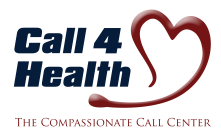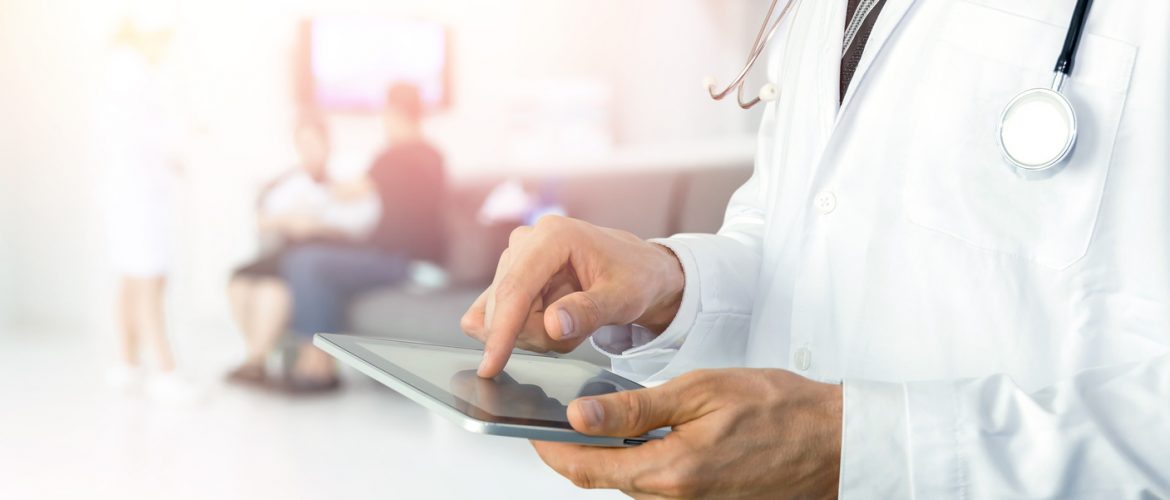Remote patient monitoring (RPM) is an important tool in the healthcare setting, allowing healthcare providers to monitor a patient’s vital signs, symptoms, and health status from a remote location. RPM provides healthcare providers with valuable data that can be used to assess a patient’s condition, monitor treatment, and provide better care. RPM has been used in various healthcare settings and is gaining traction as an effective way to improve care and outcomes.
What is Remote Patient Monitoring?
Remote patient monitoring is a form of telehealth that uses technology to monitor a patient’s health from a remote location. Using this technology, healthcare providers can access a patient’s vital signs, symptoms, and medical history, as well as track progress over time. RPM is a valuable tool for healthcare providers, as it allows them to quickly and accurately assess a patient’s condition, monitor treatment, and provide better care.
Benefits of Remote Patient Monitoring
RPM has numerous benefits for both patients and healthcare providers. For patients, RPM can improve the quality of care they receive, as healthcare providers can more accurately assess the patient’s condition, monitor treatment, and make adjustments as needed. RPM can also reduce the need for in-person visits, allowing patients to receive care from the comfort of their home.
For healthcare providers, RPM can help improve the quality of care they provide by providing real-time data on a patient’s condition. This data can be used to monitor a patient’s progress and make adjustments to treatment as needed. RPM also reduces the need for in-person visits, allowing healthcare providers to spend more time with other patients.
How Remote Patient Monitoring Can Improve Care and Outcomes
RPM can be used to improve care and outcomes by providing real-time data on a patient’s condition. This data can be used to monitor a patient’s progress and make adjustments to treatment as needed. RPM can also be used to reduce hospitalizations and readmissions by providing earlier interventions and increasing patient compliance with treatment plans.
Remote patient monitoring services can also be used to reduce costs associated with healthcare. By providing earlier interventions, RPM can help reduce the need for costly treatments and hospitalizations. RPM can also help reduce the number of in-person visits, which can result in significant cost savings.
Conclusion
RPM is a valuable tool for healthcare providers, as it allows them to quickly and accurately assess a patient’s condition, monitor treatment, and provide better care. RPM can also be used to improve care and outcomes, as it provides real-time data on a patient’s condition that can be used to make adjustments to treatment as needed. Additionally, RPM can help reduce costs associated with healthcare by providing earlier interventions and reducing the number of in-person visits. By utilizing RPM, healthcare providers can improve the quality of care they provide and improve outcomes for their patients.


 Founded after a personal, heart-wrenching incident more than 20 years ago, Call 4 Health has gone from solely offering after-hours answering services to being a top-rated, complete communications BPO for healthcare facilities throughout the country.
Founded after a personal, heart-wrenching incident more than 20 years ago, Call 4 Health has gone from solely offering after-hours answering services to being a top-rated, complete communications BPO for healthcare facilities throughout the country.